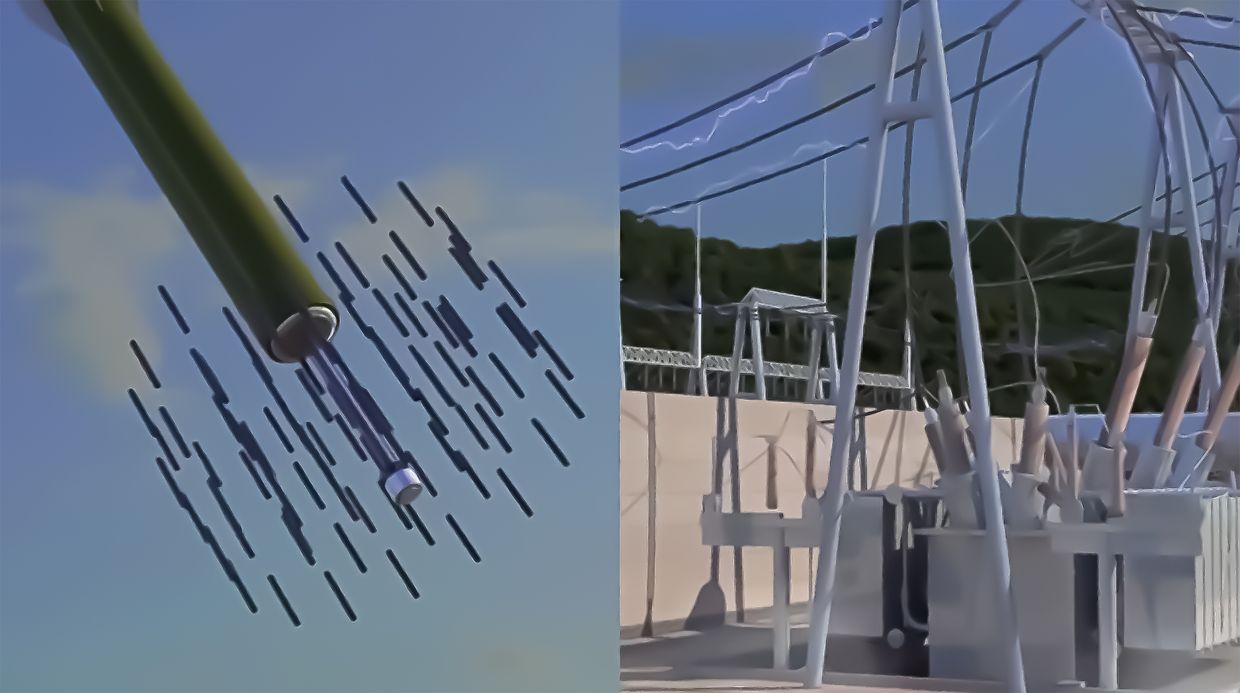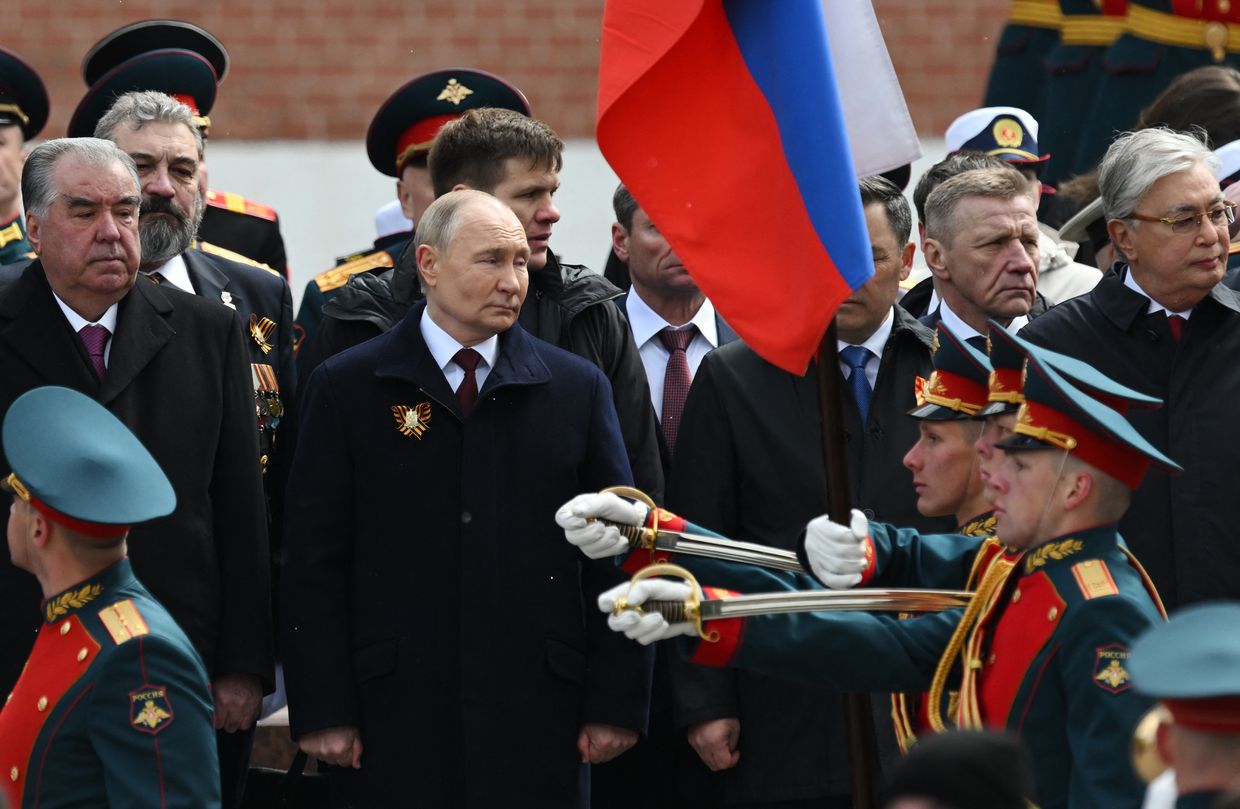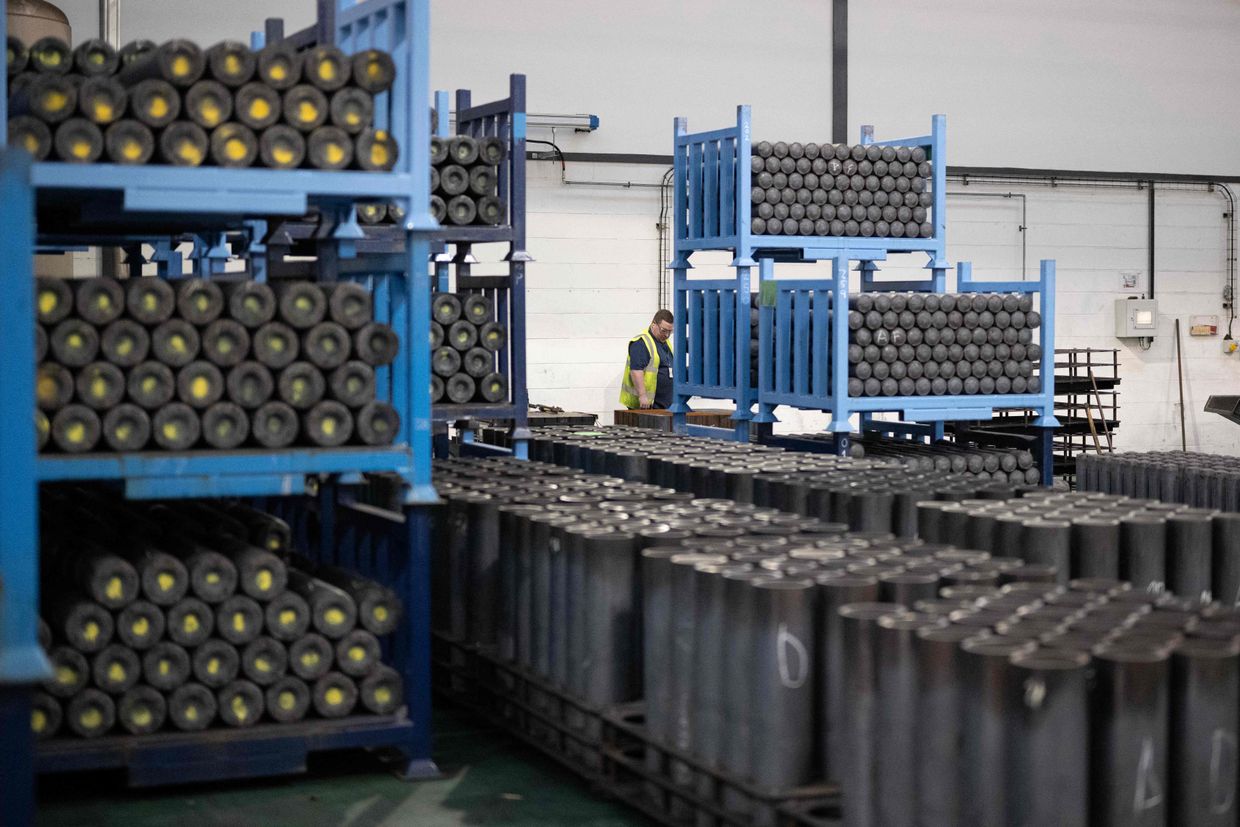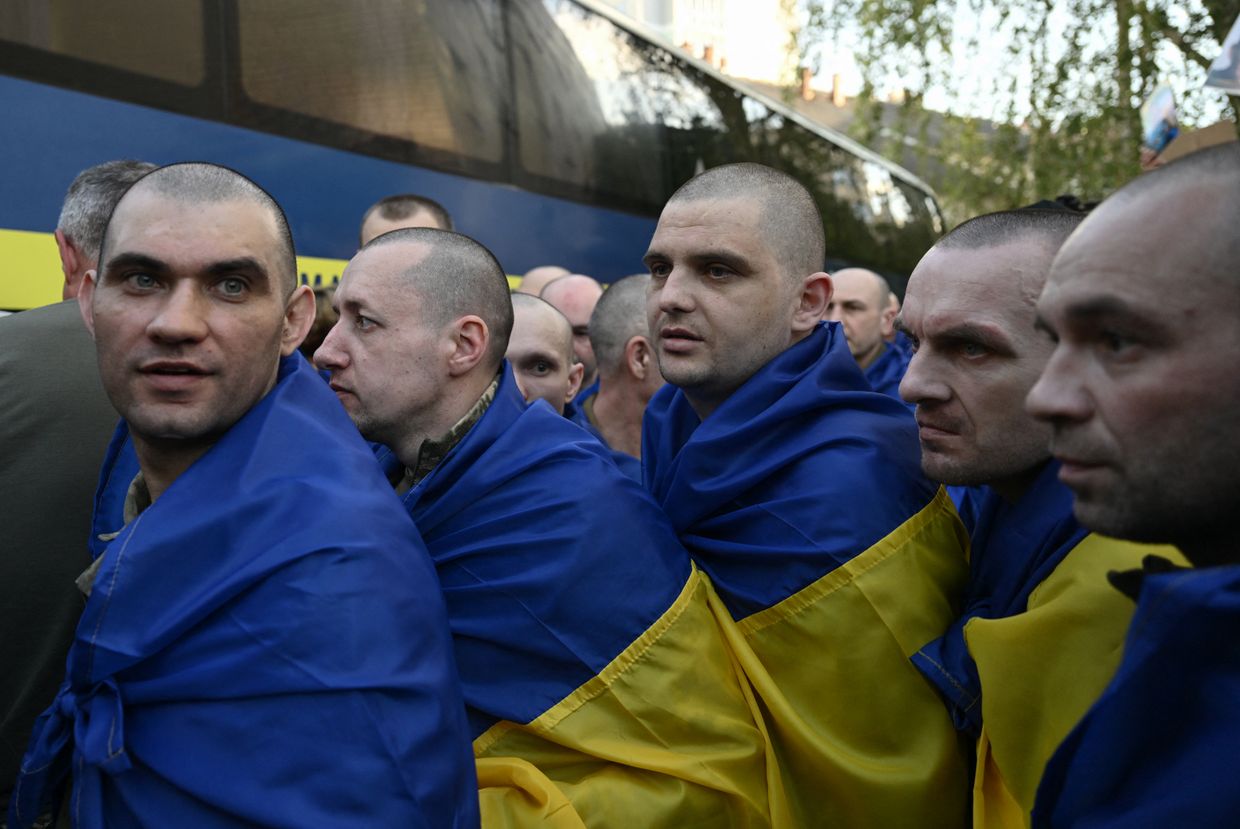Editor’s Note: This article was published by the twice-weekly newsletter “The Counteroffensive with Tim Mak” on April 14, 2024, and has been re-published by the Kyiv Independent with permission. To subscribe to "The Counteroffensive," click here.

In a country at war, death is all around. But Pavel Goldin is focused on a particular kind of collateral damage: an aquatic mammal he's spent much of his life studying.
“Please report all known finds of dead dolphins!” reads a recurring post on a Facebook page he runs.
After locating a dead dolphin, Goldin performs a necropsy if the carcass is intact to try to determine the cause of death and learn more about how and why so many of Ukraine's dolphins are dying.
According to some estimates, 37,500 to 48,000 Black Sea dolphins died in the three-month period after the full-scale invasion started. This figure amounts to around 15-20% of the sea's total dolphin population and a death rate that is 10 times higher than before February 2022.
“The (Black Sea's dolphin) population simply cannot withstand that type of death rate,” explained Naomi Rose, an expert on marine mammals in captivity.
The ecological impact of the war highlights the vulnerability of aquatic animals to the bombings and mines that have become common along Ukraine's coastal areas.
While the wild dolphin population is on the verge of extinction, dolphins raised in captivity as weapons of the Russian military are making their way into the Black Sea.
Russian forces moved trained dolphins to a harbor at the entrance of Sevastopol in occupied Crimea at the start of the full-scale war.
Satellite imagery from June 2023 showed that the number of dolphins in the harbor almost doubled. The U.K. Defense Ministry reported that "trained marine mammals" were added to the Russian military's defenses. Russia also reportedly moved dolphins to another naval base northwest of Sevastopol.
The dolphins are likely used to patrol the area looking for Ukrainian divers sent to spy, to protect ships against Ukrainian divers planting mines attached by magnets, and to collect military equipment that has fallen on the seafloor.
That Russia has been training dolphins for combat purposes is common knowledge. In fact, the history of training dolphins for military purposes goes back decades.
The first known program was started in the 1950s by the U.S. Navy. Dolphins and beluga whales were held in captivity and studied as a way of researching hydrodynamics – the U.S. Navy wanted to learn more about how these animals swim, and potentially use that research to develop new submarine technology. Although this was unsuccessful, they made other discoveries.
“That’s when they noticed them clicking,” explained Rose. “The dolphins were using echolocation, and up until the 1950s researchers were unaware of that.”
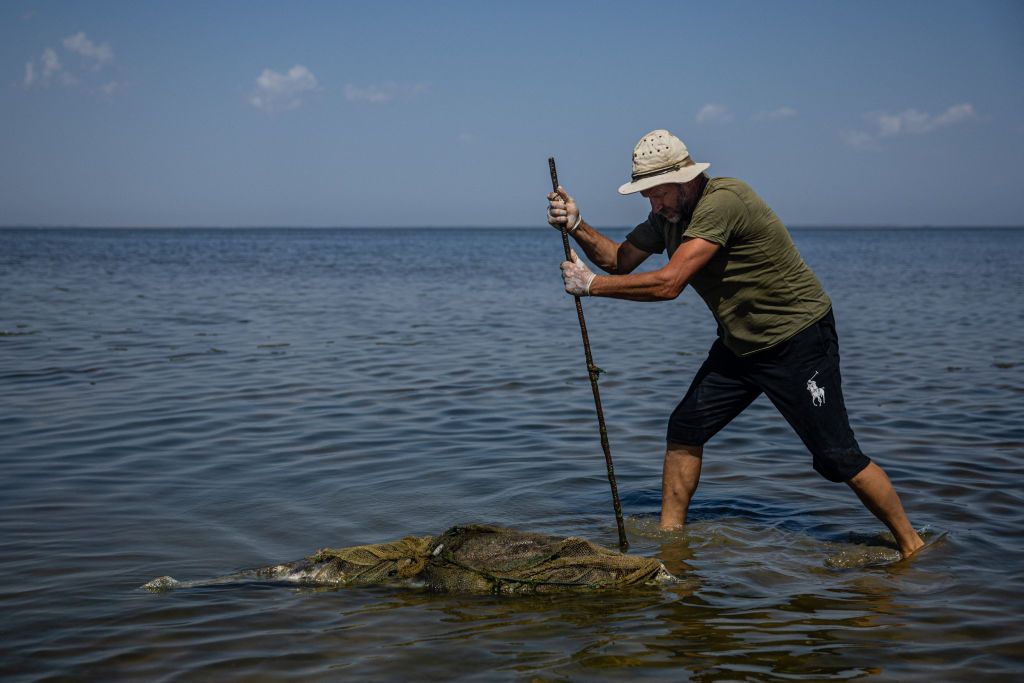
While the Soviet program began a few years after that of the U.S., it also made fascinating discoveries.
“One of the researchers in the Soviet Union discovered… that they (dolphins) sleep with only one half of their brain at a time,” Rose explained. They noticed that the dolphins would swim very slowly as a pod near the surface of the water with one eye closed and one eye open and that is how they discovered unihemispheric sleep, Rose continued.
While these discoveries were significant from a scientific perspective, they didn't translate into anything useful for the military at the time.
Although these discoveries were significant from a scientific perspective, they didn’t really translate to anything useful for the military in the ways they had intended.
“But, by then, they'd realized how smart they were,” Rose said.
Goldin explained that bottlenose dolphins are predominantly used in navy training programs.
“They have long term social ties, kinds of kinships and each group can even have their own cultural traditions.”
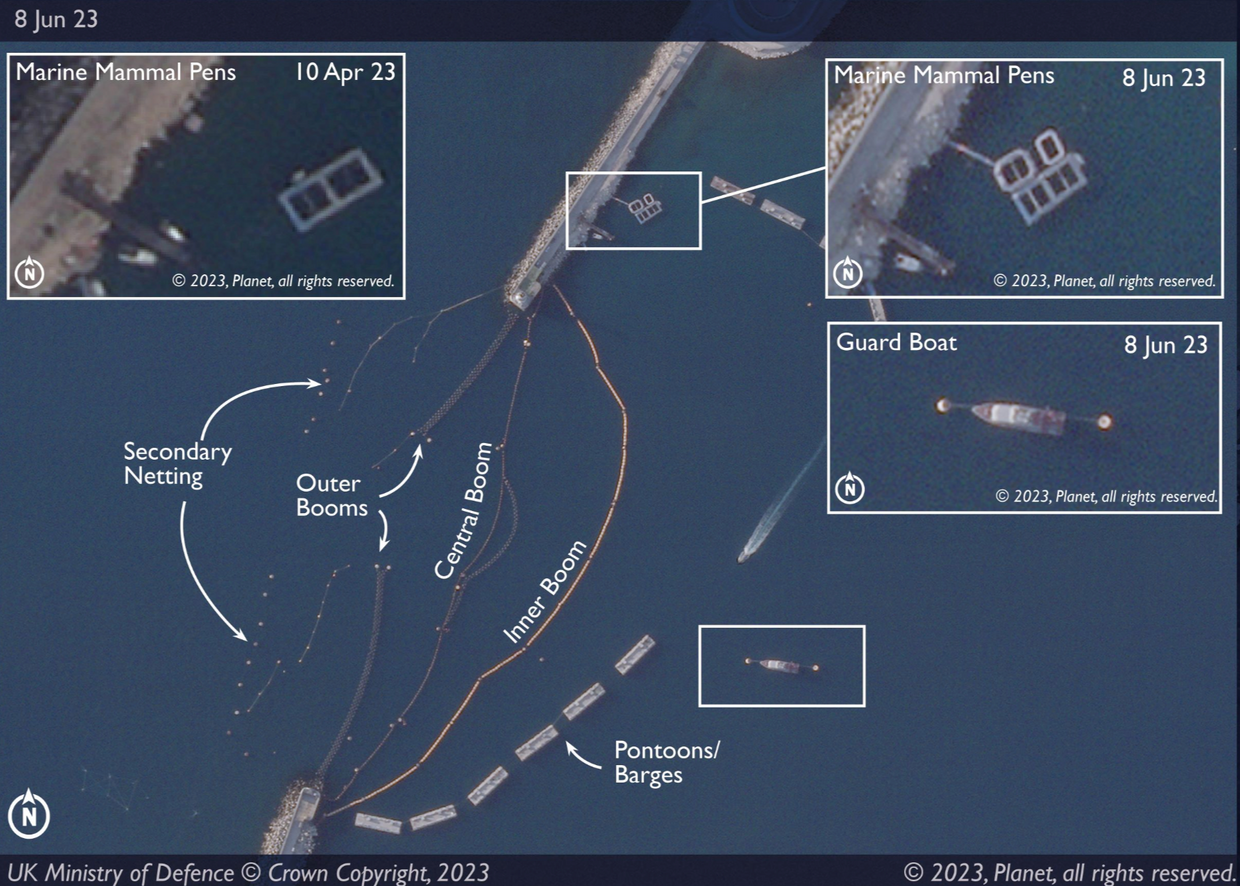
This level of intellect makes it easier to train the dolphins because they have the cognitive abilities and communication skills necessary to adapt and build relationships with their human trainers, Goldin explained.
It's precisely the bottlenose dolphins' high intellect that makes them so interesting to Goldin: “It is a really amazing feeling to realize that there are… animal species which can be directly comparable to humans. This is amazing."
Scientists soon realized the dolphins could be used beyond the research lab – in combat. They are also incredibly good at noticing patterns and patrolling.
"They're trained to alert their trainer whenever they see something that's not supposed to be there... They don't have to be given an 'A, B, or C,' they can just be told 'anything that's not normal' and they'll alert their trainer," Rose explained.
It has been rumored that these dolphins were trained to attack enemy divers – one rumor even goes so far as to suggest that dolphins were trained by the Ukrainian Navy to carry underwater guns capable of shooting knives from their head.
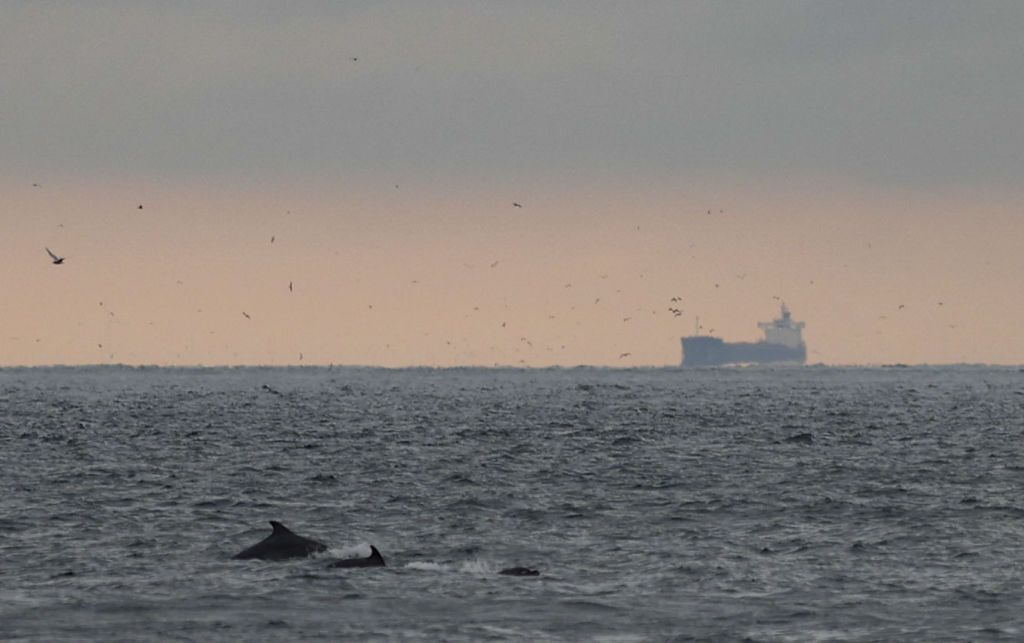
Rose had strong doubts about this: "If a person is shot and reacts, and blood is in the water... I don't think (the dolphin would) ever do it again... each individual dolphin would do it once and never again because they are very sensitive to distress."
When the Soviet Union fell apart, so too did the training program.
The dolphins were transferred over to the Ukrainian Navy and put in a commercial dolphinarium. The dolphinarium's trainer, Boris Zhurid, then sold them to Iran because it was too expensive to feed them. Twenty-seven animals were thus transported to the Persian Gulf.
"I cannot bear to see my animals starve... We're out of medicine, which costs thousands of dollars, and have no more fish or food supplements,” Boris told the Washington Post back in 2016.
When Russia occupied Ukraine's Crimean Peninsula in 2014 and the state oceanarium in Sevastopol was taken over, the dolphins were seized by the Russian military despite demands from Ukraine.
Former Ukrainian Defense Minister Yevhen Marchuk questioned whether the dolphins would work with Russia: "Dolphins get used to the people they work with. It's not so easy for them to change allegiance."
Ukraine's presidential representative in Crimea, Boris Babin, said many of the Ukrainian dolphins seized by Russia died "patriotically" after refusing food from Russian trainers.
Babin explained back in 2018 that the dolphins had been trained with whistles and equipment, all of which Russia had received and yet the dolphins still refused to eat.
“It is very sad that many Ukrainian military personnel who were stationed in Crimea in 2014 treated the issue of the oath and allegiance much worse than these dolphins,” Babin said.
For a lot of people, including Goldin, using dolphins in the military is not only unethical but also pointless: “It is not only inhumane, I am fully convinced this is a crime."
"Secondly it is totally useless. It is like using elephants for combat in the 21st century. Ukraine uses underwater drones, which are very effective… Russia uses dolphins instead of drones. It is absurd. It is absolutely useless.”
Editor’s Note: The opinions expressed in the op-ed section are those of the authors and do not purport to reflect the views of the Kyiv Independent.







